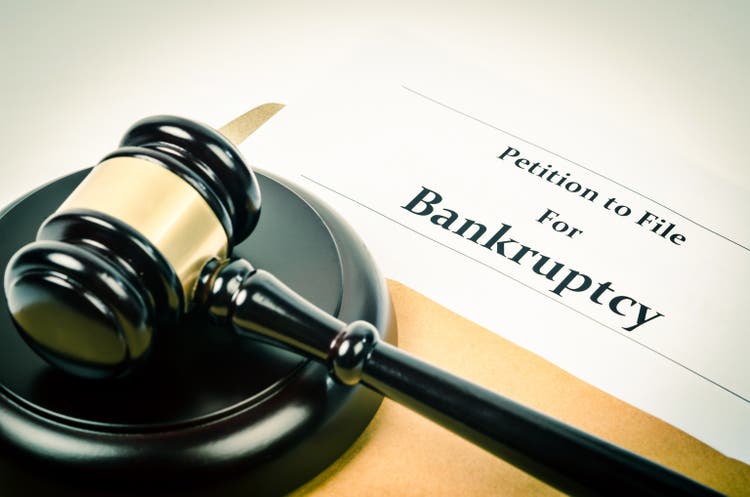Bussiness
U.S. business bankruptcies hit highest level in 14 years in June: S&P Global

Gam1983
It’s headlines like this that make one wonder: are we on the cusp of a recession?
The number of U.S. corporate bankruptcy filings reached its highest level since early 2020 in June, S&P Global Market Intelligence reported. Some 75 new corporate bankruptcy filings were recorded last month alone, rivaled by only the busiest months in 2020, when the Covid-induced shock pushed a great deal of businesses into bankruptcy.
There have been 346 bankruptcy filings in the U.S. so far this year, higher than any comparable figure in the previous 13 years, the report said. That comes as the combination of persistently high borrowing costs, supply-chain disruptions, and a pullback in consumer spending pressured struggling companies.
The spike in bankruptcies comes as the Federal Reserve has held its policy rate at a 23-year high for nearly a year. Policymakers are wrestling with the timing of scaling back its tight policy as indicators point to a slowdown in economic growth and a renewed drop in inflation. Market participants are confident the first rate cut will occur in September, especially after June’s cooler-than-forecast CPI report.
By sector, consumer discretionary (XLY) saw the most bankruptcy filings in 2024, at 55. The sector recorded 16 new filings during June. From there, healthcare (XLV) and industrials (XLI) each experienced 40 filings; information technology (XLK) saw 20; consumer staples (XLP) (19); financials (XLF) (16); materials (XLB) (11); communication services (XLC) (10); energy (XLE) (4); and utilities (XLU) (3).
The consumer discretionary sector involves firms selling manufactured goods or services that individuals may want, but don’t necessarily need. Taking that into account, a reasonable assumption could be made that consumers are indeed slowing discretionary spending, in the face of still-elevated inflation and high borrowing costs, and rather prioritizing essential expenses like food, gasoline and loan payments.
Growth of personal consumption expenditures, also known as consumer spending, has been trending down since topping out in April 2021, when a huge demand-supply imbalance triggered an inflation spike, the likes of which wasn’t seen since the 1970s. In April 2021, PCE jumped nearly 30% from a year earlier, well above the 5.1% pace logged in May 2024, according to the St. Louis Fed’s FRED database. PCE inflation, by comparison, only peaked in June 2022, so it’s fair to say that higher inflation was a key driver in weakening consumer spending.
The landscape for small businesses has also been tough. “Main Street remains pessimistic about the economy for the balance of the year, Bill Dunkelberg, chief economist at the National Federation of Independent Business, said in a June report. “Increasing compensation costs has led to higher prices all around. Meanwhile, no relief from inflation is in sight for small business owners as they prepare for the uncertain months ahead.”
Still, the question remains: can the U.S. dodge an economic downturn? SA analyst Damir Tokic thinks it’s too late, citing the recent climb in initial and continuous claims for unemployment, as well as a contraction is the manufacturing and services sectors. Fellow SA contributor James Picerno reckons that “recessionary conditions could start as early as August, although looking that far ahead is still mostly guesswork.”










